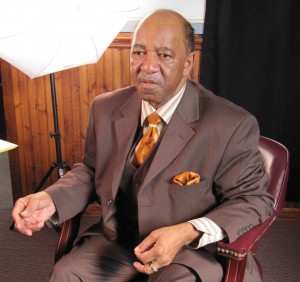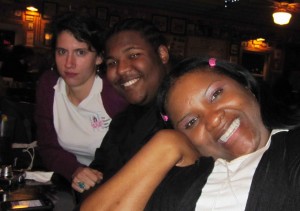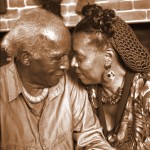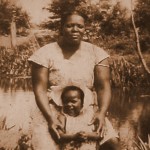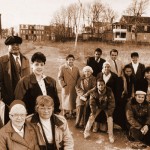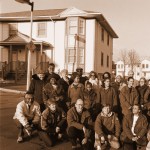Watershed stories
This weekend in Moss Point, Mississippi, I videotaped interviews with sixteen community leaders and activists from coastal Alabama (Coden), Louisiana (Terrebonne and Lafourche Parish) and Mississippi (East Biloxi, Lucedale and Moss Point). Excerpts from these interviews will be posted on an interactive map of the Gulf Coast on The Bridge Project Website, which is in development.
The interviewees represent some of the rich diversity of the coast: African Americans, Native Americans, Cajuns and new immigrants. They are all members of the Gulf Coast Sustainable Communities Network (SCN), a “braintrust” of grassroots leaders coordinated by the Institute for Sustainable Communities. They came together for a workshop about using video and visual storytelling in their work. It was an intense two days, full of stories about communities in jeopardy, but told by people who are determined to work for positive change.
While the interviews focused on the strides being made by community organizations to revitalize the Gulf Coast, a sad theme emerged in the multiple stories about the ongoing impact of Katrina: toxic industrial pollution churned up by the storm is an invisible menace that many suspect is causing illness; countless people are still living in temporary housing and have been unable to access insurance or government assistance; post-traumatic stress causes anxiety and panic attacks; and there have been too many funerals in the last five years, including funerals for leaders like Pam Dashiell, who so many depended on as a visionary and advocate.
Despite everything they’ve been through, this is an enthusiastic and inspiring group, and people were excited by the opportunity to learn and apply new skills. While I was doing interviews, members of New Orleans Video Voices and 2-Cent Entertainment were leading a workshop where SCN members got hands-on experience videotaping interviews, editing, creating blogs and uploading videos.
Stay tuned to see the projects that come out of this event.

